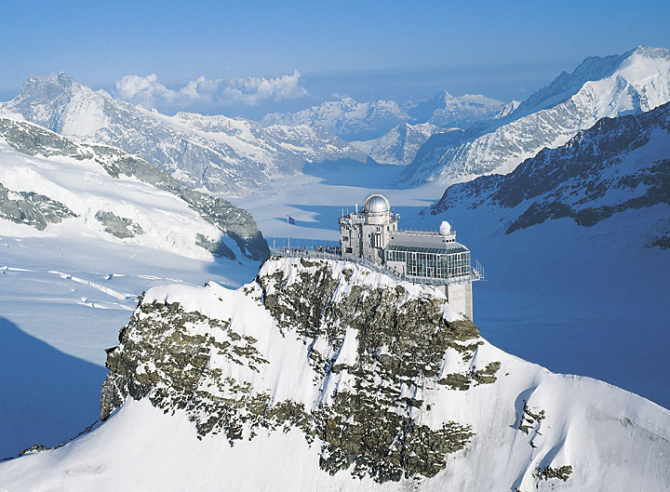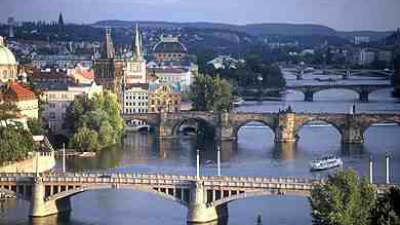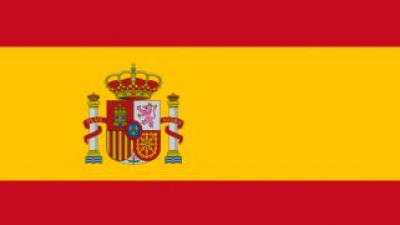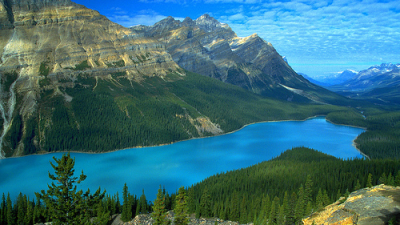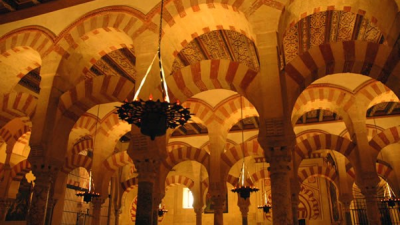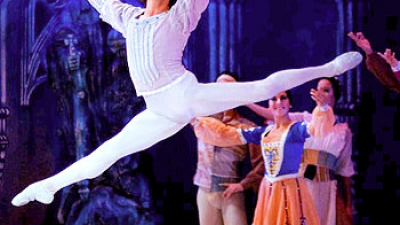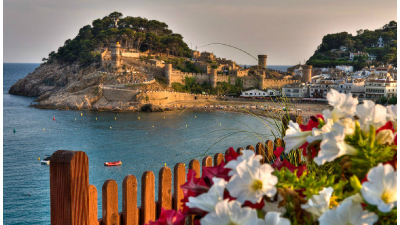The most beautiful places in Switzerland

Source: listas.20minutos.es
Switzerland (in German: Schweiz, in French: Suisse, in Italian: Svizzera, in Romansh: Svizra) is a federal state located in the center of Western Europe, with no access to the sea, but with port connections across the Rhine River. borders with Germany, France, Italy, Austria and Liechtenstein. Officially, although less usual, it also receives the name of Helvetic Confederation.
TOP 34:
Paradeplatz
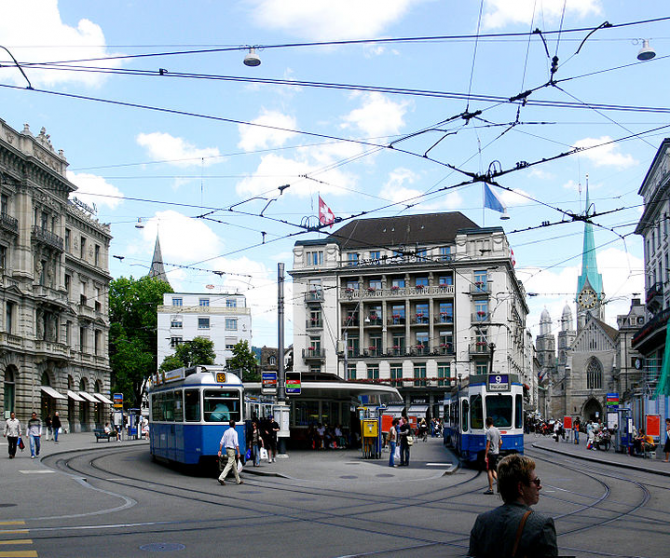
TOP 33:
Zurich Opera House
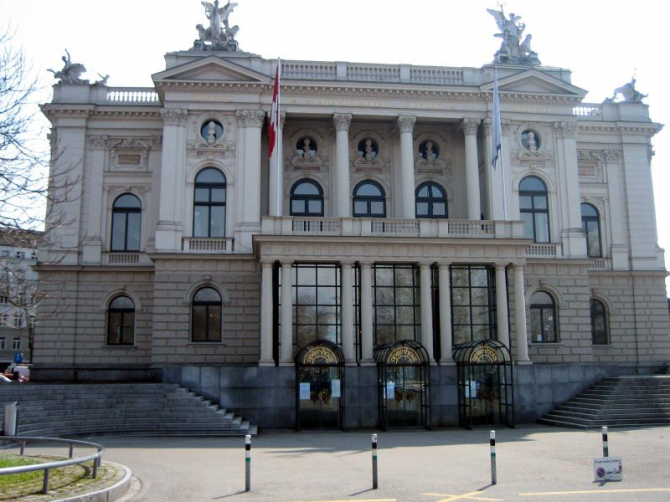
The Zürich Opera House (in German: Das Opernhaus Zürich) is a Zurich Opera House, located near the Bellevue, and opened in 1891. The theater was built to replace the Aktientheater Theater (Old Theater) that succumbed to a fire . Its original name was Stadttheater. The architects were the renowned Viennese firm Fellner & Helmer. Initially conceived for spoken and sung theater, after the inauguration of the Schauspielhaus Zürich, it was limited to the performance of opera, operettas and ballet.
TOP 32:
Bern Historical Museum
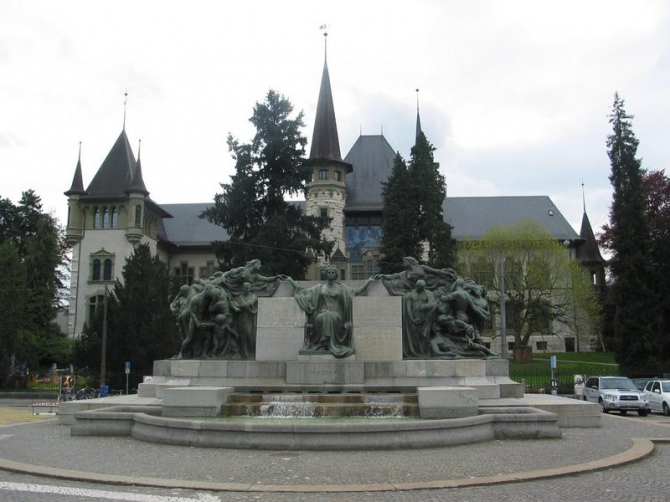
TOP 31:
Aarwangen Castle
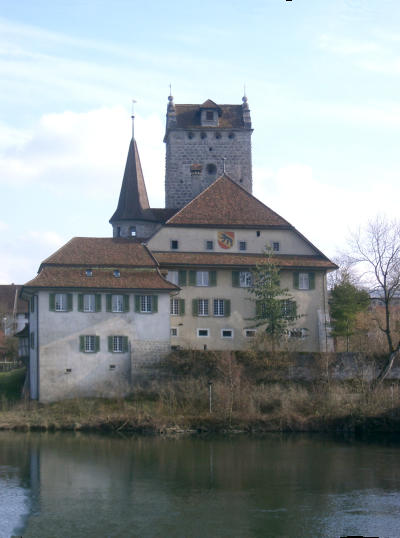
TOP 30:
Monastery of San Juan (Müstair)
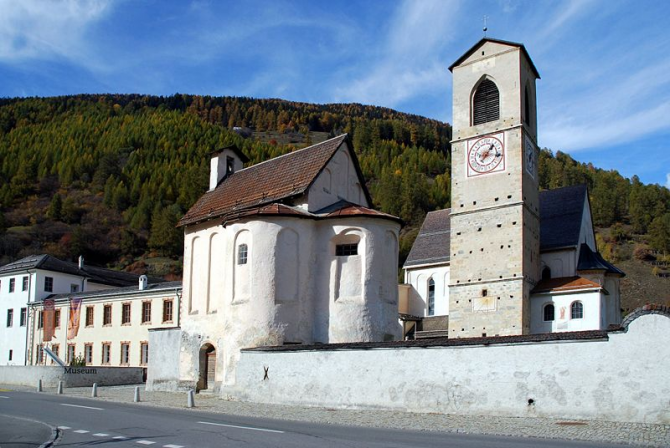
St. John's Monastery is an old Benedictine abbey located in Müstair, Switzerland. It is dedicated to Saint John the Baptist. Since 1983 it has been included in the list of UNESCO World Heritage Sites due to the extraordinary cycle of Carolingian period frescoes (IX century) that is preserved in it. The abbey was founded around 780 by Bishop Chur. In 1167 it was transformed into a female convent. During the restorations that took place in the twentieth century, Romanesque period frescoes were found, dated to the year 1160.
TOP 29:
Bellinzone
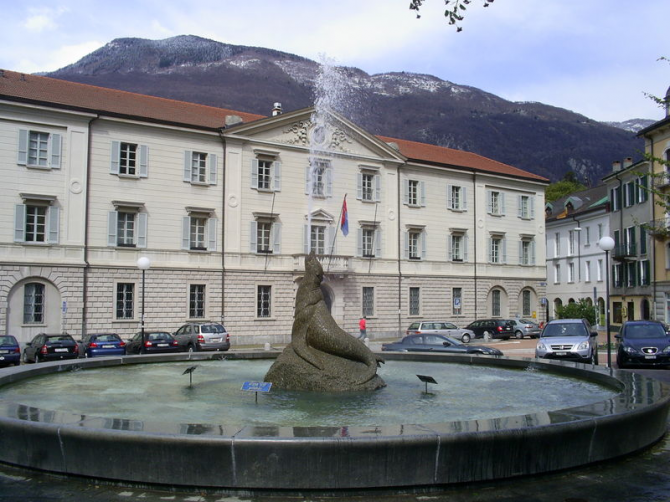
Bellinzona (in Italian Bellinzona, in French Bellence / Bellinzone, in German Bellenz / Bellinzona, in Latin Bilitio) is a Swiss city, capital of the canton of Ticino and the district of Bellinzona.
TOP 28:
Zurich Botanical Garden
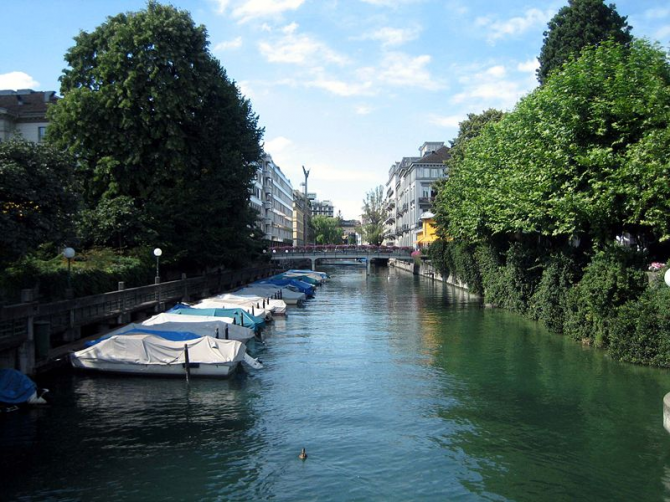
The Botanical Garden of Zurich or in German: Botanische Garten Zürich is a Botanical Garden in Zurich, Switzerland. It belongs administratively to the University of Zurich.
TOP 27:
St. Peter's Church in Zurich
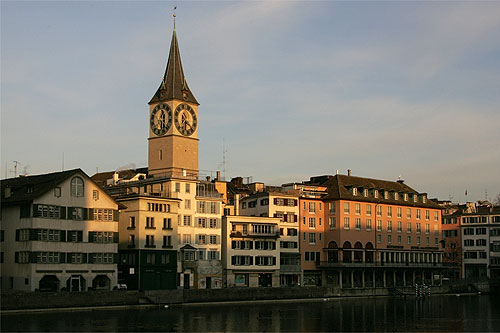
St. Peter's Church (German: Peterskirche) is one of the four main churches in ancient Zurich. The other three are the Grossmünster, the Fraumünster and the Predigerkirche. It is located next to Lindenhof, the ancient Roman fortress in the same space where a temple dedicated to Jupiter used to be built. Archaeologists have found traces of a small church 10 by 7 meters from the eighth or ninth centuries. This first building was replaced around the year 1000 by an early Romanesque church. In 1230 this church was replaced by another of late Romanesque style although parts of the first still survive. The main nave was rebuilt in 1460 in Gothic style. The first mayor of Zurich, Rudolf Brunn, was buried here in 1360. Until 1911 the bell tower, one of the highest in Zurich, was used for fire surveillance.
TOP 26:
Basel Cathedral
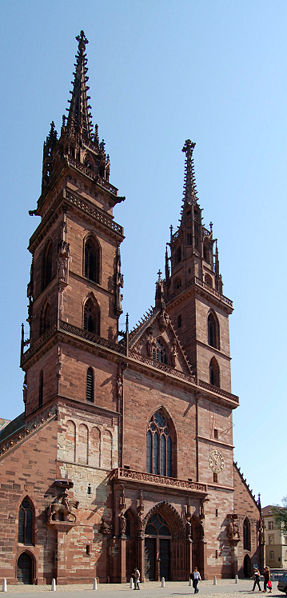
TOP 25:
San Galo Abbey
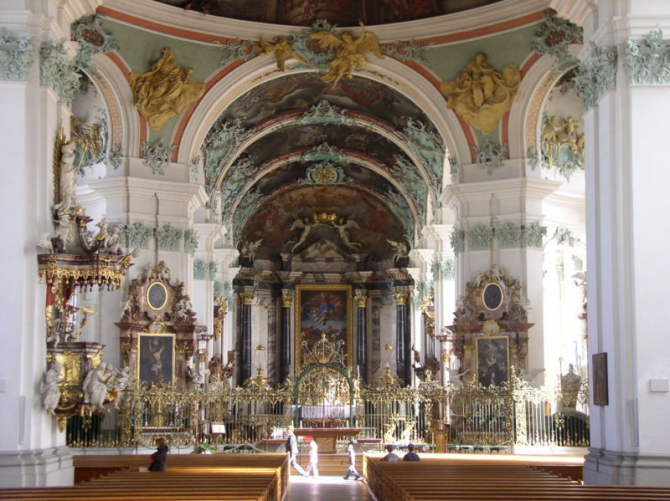
The Abbey of St. Gallen (in German Fürstabtei Sankt Gallen) was for many centuries one of the main abbeys of the Benedictine Order in Europe. It is located in the city of San Galo, in Switzerland. It was declared a World Heritage Site by UNESCO in 1983.
TOP 24:
Fraumünster
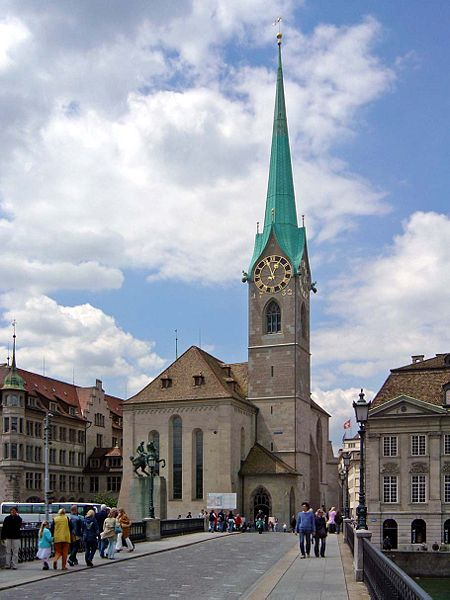
The Fraumünster Abbey Church, located in the city of Zurich, Switzerland, is known for its stained glass windows signed by Marc Chagall and Augusto Giacometti. It is part of the old abbey from which the cloister and abbatial buildings were destroyed at the end of the 19th century. The abbey was founded in 853 by Luis el Alemanico for his daughter Hildegard. He gave the convent of the Order of St. Benedict the lands of Zurich, Uri and the forest of Albis, and also granted him immunity, putting him under his direct authority.
TOP 23:
Gruyeres Castle
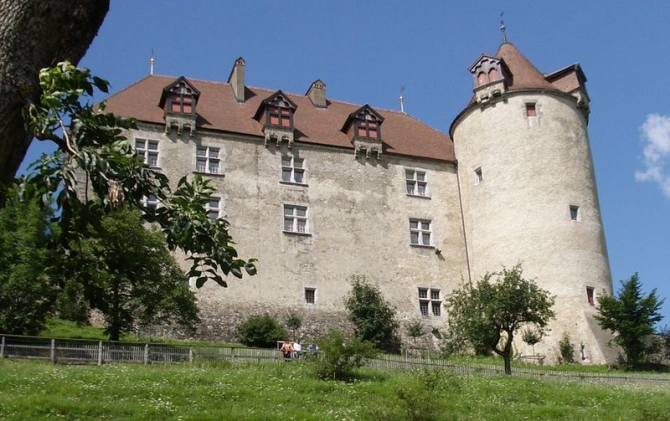
The castle, one of the most imposing in Switzerland, majestically presides over the small medieval town. Nineteen counts resided there between the eleventh and sixteenth centuries. Miguel, the last count of Gruyères, had financial problems, which led him to declare bankruptcy in 1554. The creditors, the cities of Freiburg im Üechtland and Bern, divided their lands among themselves.
TOP 22:
Basel

TOP 21:
Federal Palace of Bern
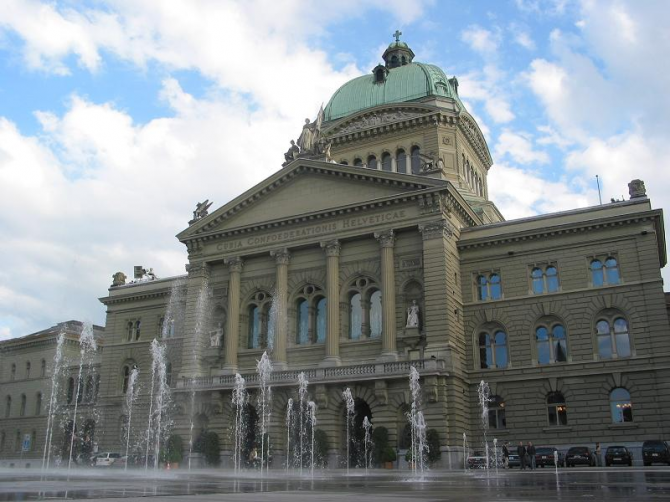
TOP 20:
Grossmunster
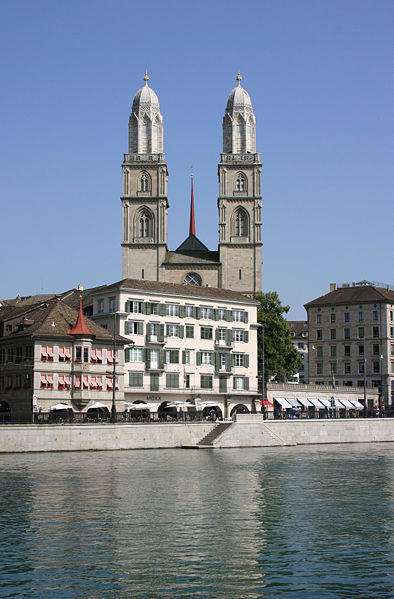
The Grossmünster is a Romanesque-style temple located in Zurich (Switzerland) that played a very important role in the Protestant Reformation. It is one of the three main churches in Zurich (the other two are the Fraumünster and the Peterskirche). The church is built along the Limmat River on another temple of Carolingian origin. The current building dates from the 12th and 13th centuries. Its construction began around the year 1100 and was consecrated in the year 1220.
TOP 19:
Schloss thun
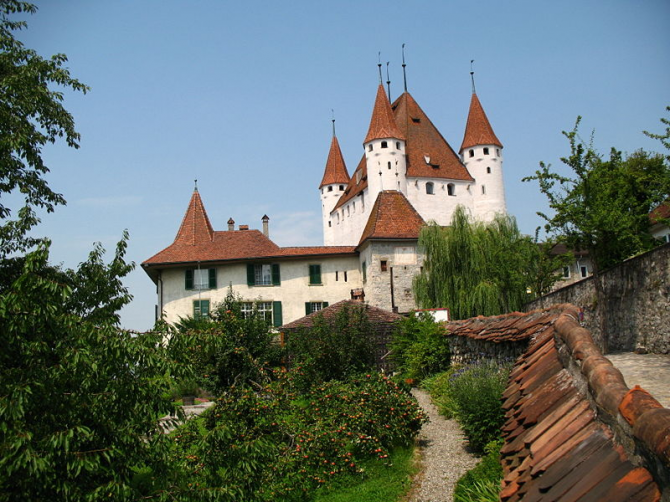
TOP 18:
Lugano
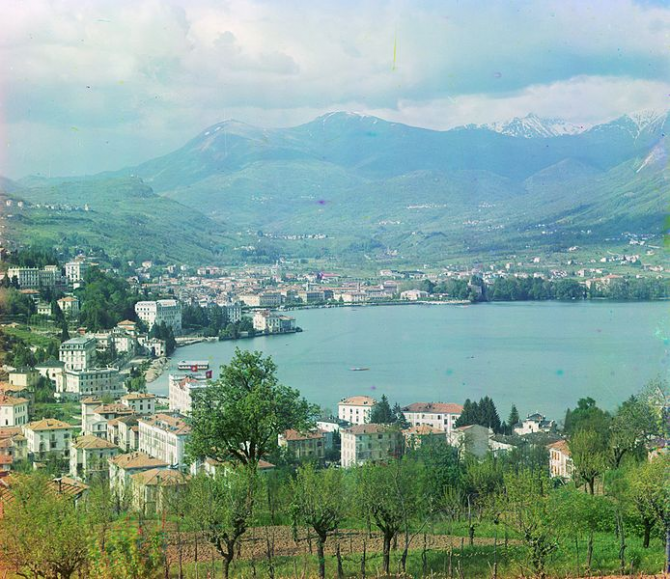
Lugano is a city and commune in southeastern Switzerland, in the canton of Ticino, borders Italy and is Italian-speaking. The city also has an Italian character. The name Lugano probably comes from the Latin word Lucus, which means wood or sacred wood. Lugano is the most populous city in Canton Ticino and extends over 48 km².
TOP 17:
The cliffs of Saane
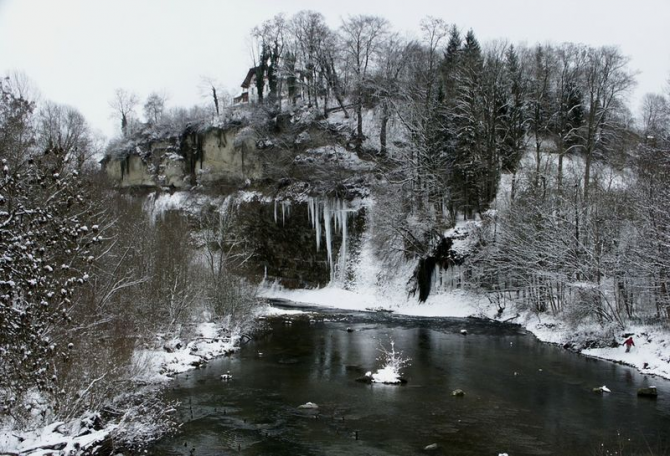
The Saane (in French Sarine) is a river that runs longitudinally through the canton of Friborg in Switzerland. Its source is located in the Sanetsch Pass, a remote place between the canton of Bern and the canton of Valais. The river continues its flow north to Gstaad then west through the Pays d'Enhaut (high country). In Montbovon, the river returns north towards Lake Gruyere. From there he continues his way to the city of Freiburg. Leaving the city of Freiburg, the river rebukes its way north where it crosses the artificial lake of Schiffenen just before emptying into the Aar below Bern.
TOP 16:
Bietschhorn
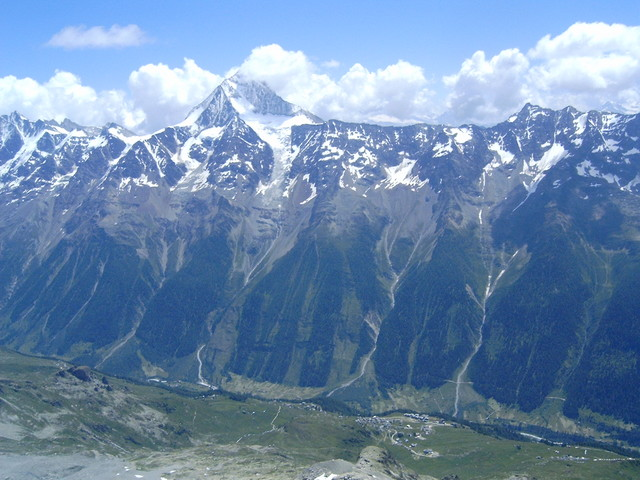
TOP 15:
Verzasca Valley Bridge
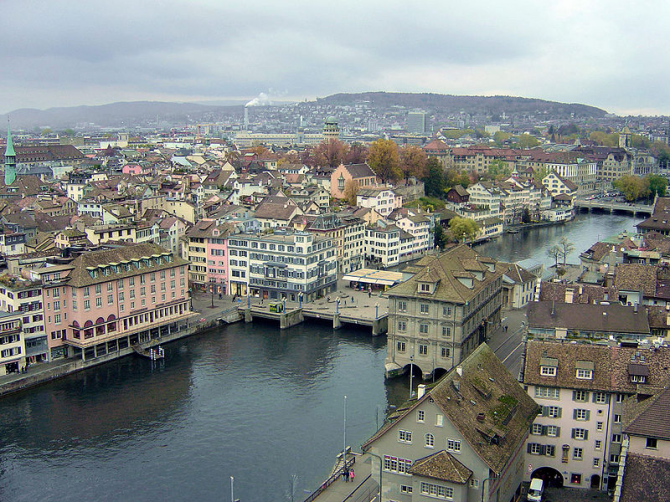
Verzasca Valley Bridge in the Swiss Canton of Ticino
TOP 14:
Zurich
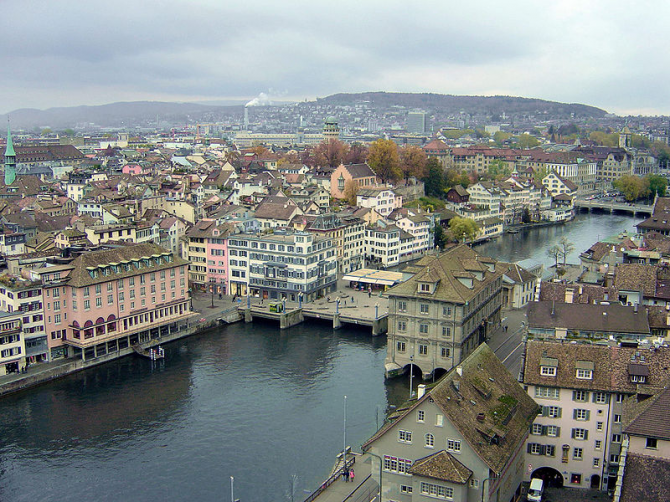
TOP 13:
Geneva
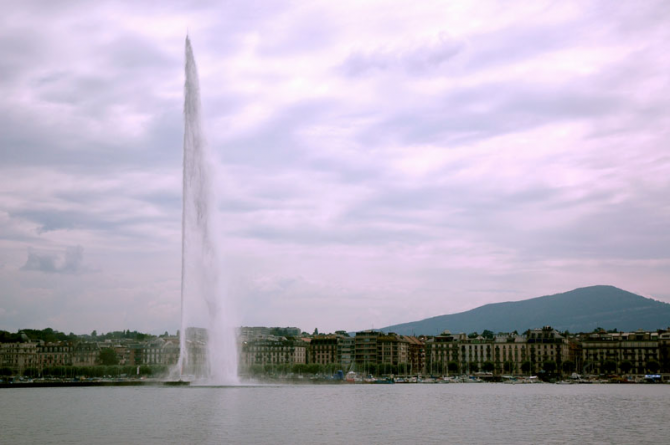
TOP 12:
Basel Town Hall
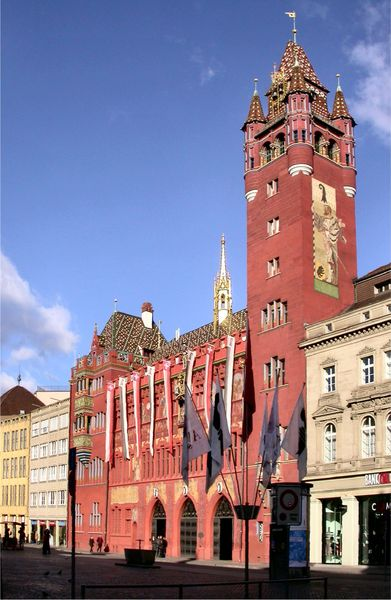
TOP 11:
Gruyères
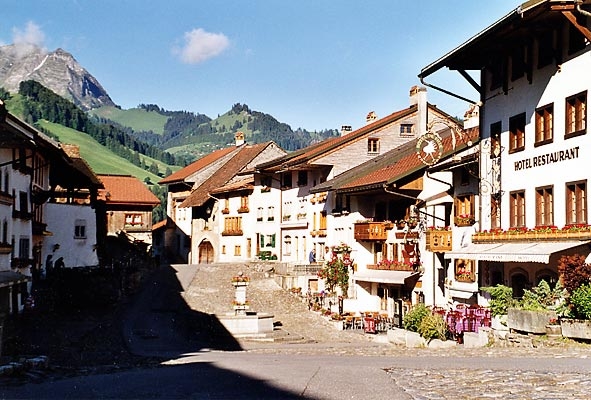
Located in the center of the Freiburg prealpes, the commune is crossed by the Sarine. The commune also gives its name to the lake of la Gruyère. It borders to the north with the communes of Bulle and Le Pâquier, to the northeast with Broc, to the east with Charmey, to the south with Bas-Intyamon and Haut-Intyamon, and to the west with Semsales, Vaulruz and Vuadens.
TOP 10:
Ascona
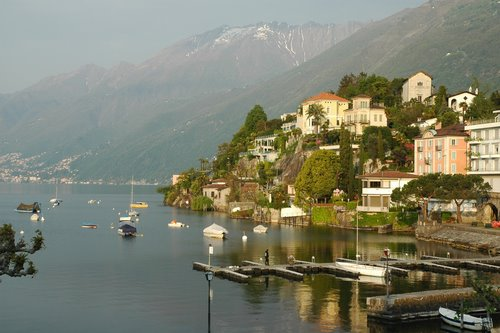
Ascona is an old Swiss town located near the bay of Lake Maggiore. Its location gives it charming privileges for visitors, such as long afternoons, houses the most famous Swiss hotels and offers an old town with interesting places to visit, in addition to the lake shore itself.
TOP 9:
The clock tower (Zytglogge)
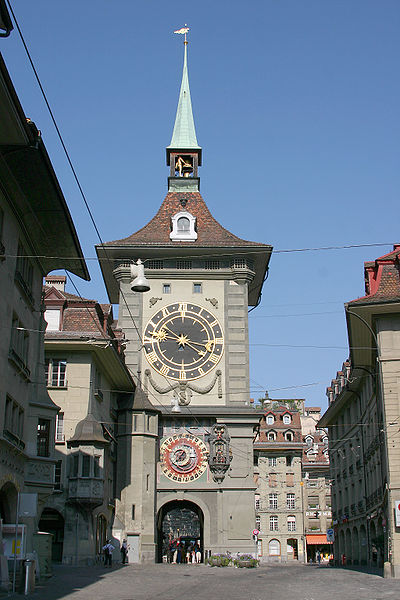
TOP 8:
Jungfrau-Aletsch-Bietschhorn
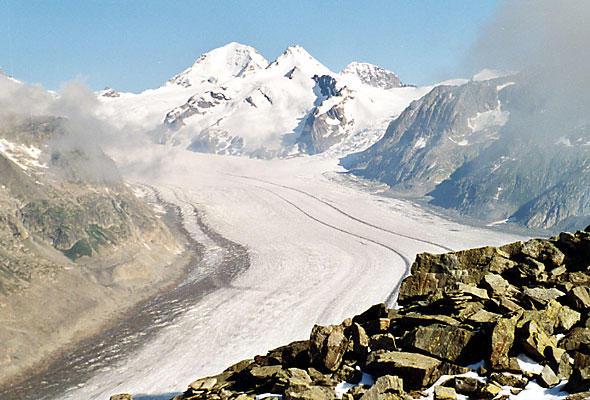
Jungfrau-Aletsch-Bietschhorn is a set of mountains, valleys and glaciers of the Swiss Alps, declared World Heritage by UNESCO, bounded to the north by the Grindelwald valley (in the canton of Bern) and to the south by the valley of the Rhone river (in the canton of Valais).
TOP 7:
Lucerne
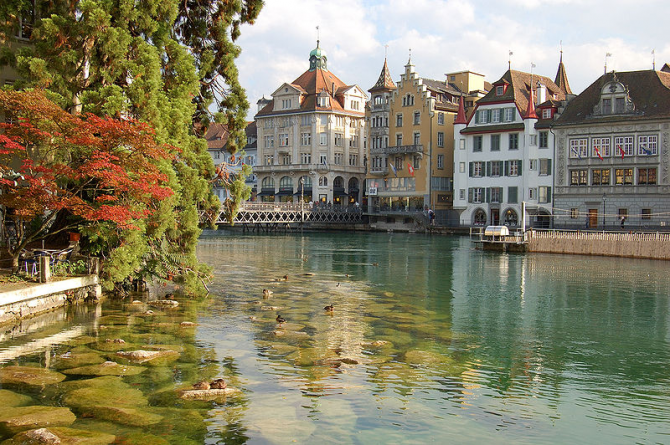
TOP 6:
Landwasser Viaduct
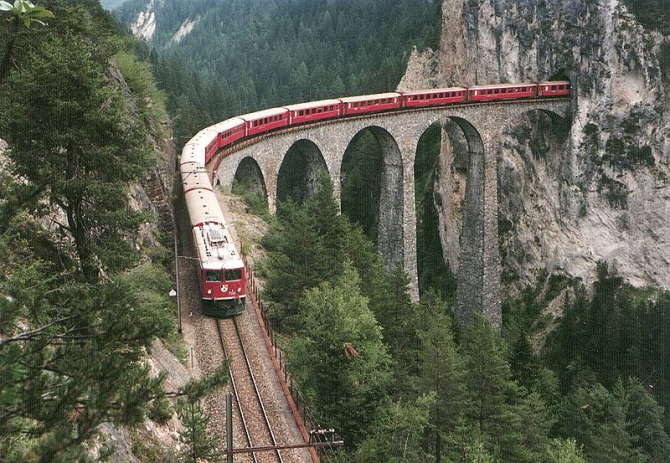
TOP 5:
Chateau de Chillon
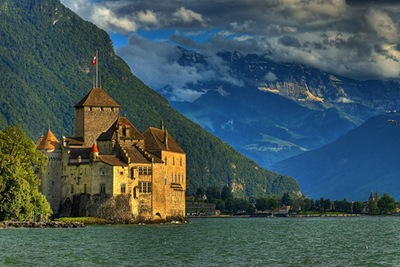
This extraordinary oval-shaped castle was known worldwide thanks to Lord Byron, and since then the world has visited it. They say, he receives more visitors than any other historic building in all of Switzerland. In an unparalleled position on Lake Genoa, this 13th-century fortress is surrounded by gardens, towers and rooms with weapons, furniture and art of the time. The side that faces the earth is heavily walled, but the one facing the lake has a facade worthy of a medieval castle. Chillon was built for the House of Savoy, and then used by the governor of Bern, after the fall of Vaud.
TOP 4:
Zermat
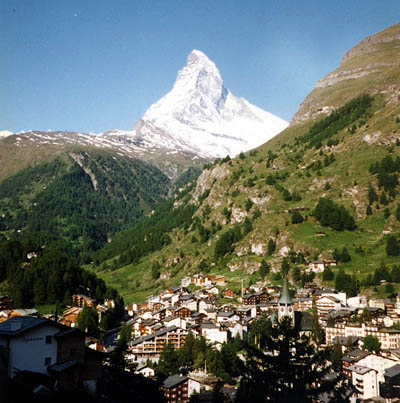
This ostentatious ski and mountaineering complex lives on the glory that reflects one of the most famous peaks of the Alps, the Matterhorn (4,478 m). Skiers attend practically all year round, thanks to the 230 km of pistes in the area, aimed mainly at average practitioners and experts. The most sedentary travelers can simply enjoy the breathtaking views. To appreciate magnificent panoramas of the Matterhorn and the surrounding peaks, it is necessary to take the popular zipper train to Gornergrat. It is easy to walk around Zermatt on foot (the city is pedestrian) and it is worth exploring the area of the Hinter Dorf, full of traditional wooden houses of the Valais. A walk through the cemetery is a useful experience for aspiring mountaineers: the names of those who tried to defeat the Matterhorn and Mount Rosa and who did not live to tell it are inscribed on stone monuments.
TOP 3:
Lake Leman
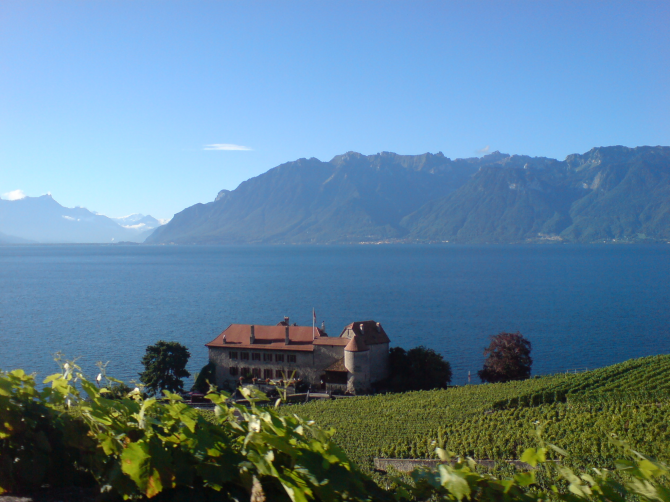
TOP 2:
Jungfrau
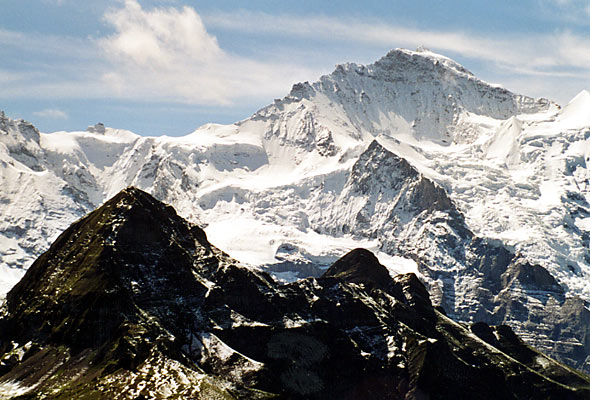
The Jungfrau (in German "virgin") is the highest peak of the mountain massif of the same name. The other two peaks are the Eiger with its famous north face and the Mönch with a height of 4,099 meters. To the south of the Jungfrau is the Great Aletsch Glacier, which with its length of almost 24 km and an area of 118 km² is the largest and longest in the Alps and Europe. The Jungfrau is located south of the canton of Bern, in the area of the Bernese Oberland, overlooking the Grindelwald Valley. The Jungfrau has a height of 4,158 m above sea level.
TOP 1:
The Alps
